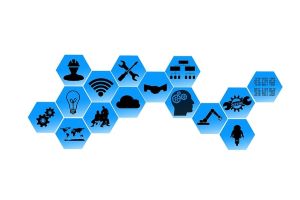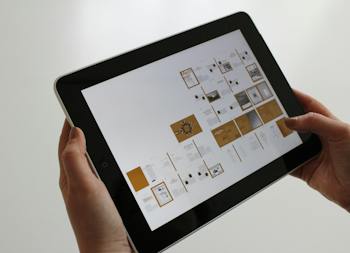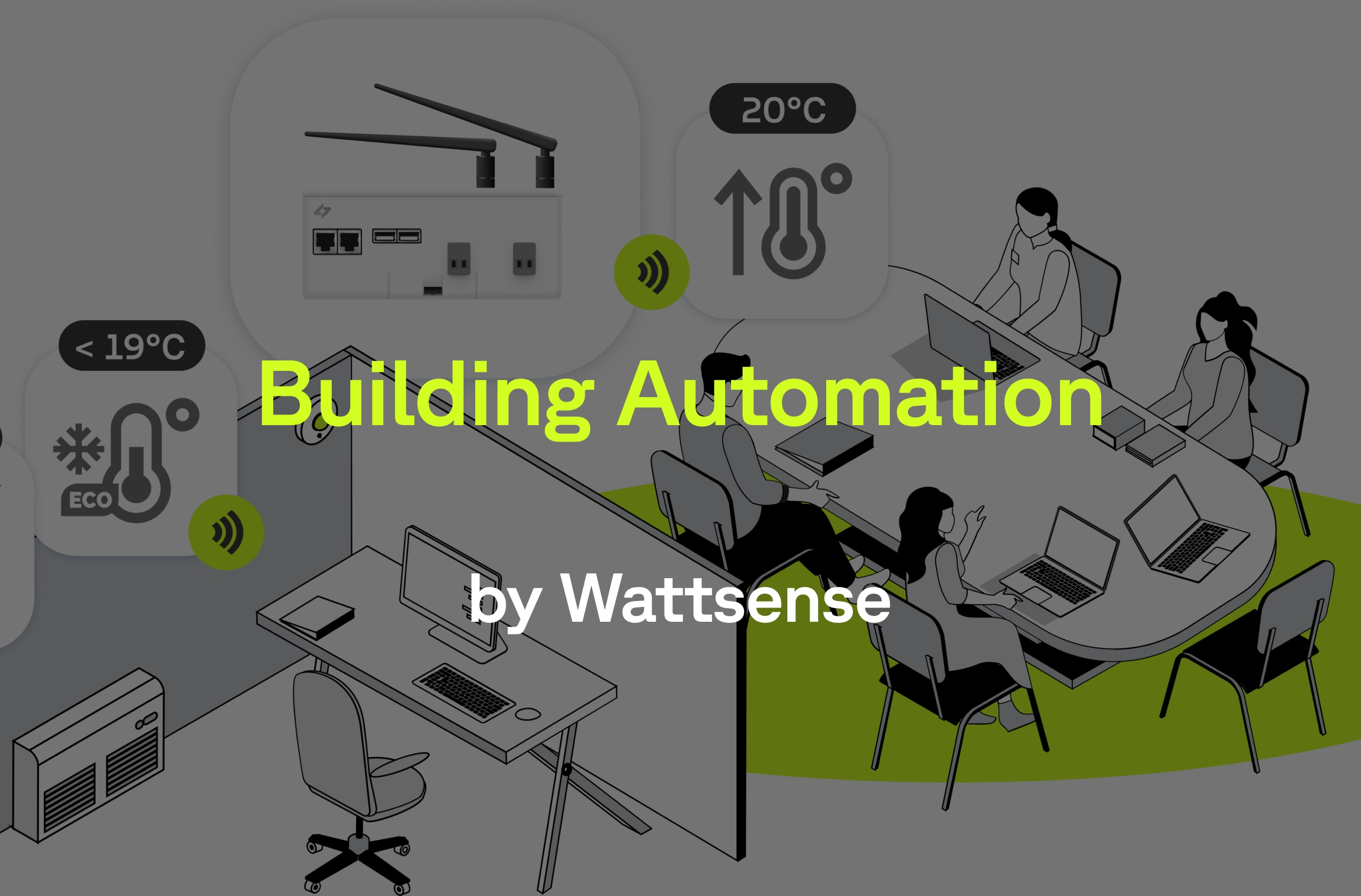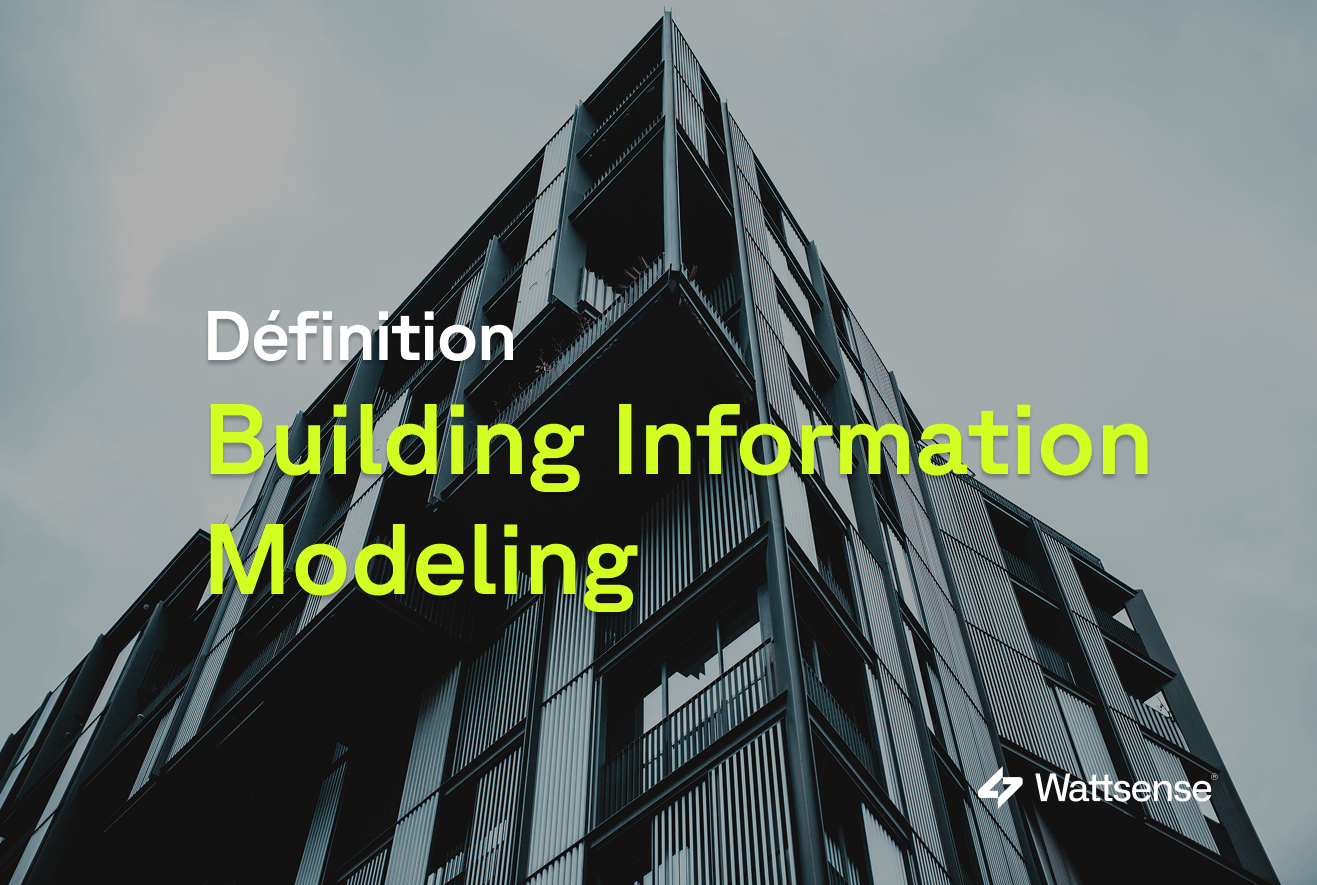Energy Efficiency Tips: reducing energy consumption in Buildings


Motivated by government regulations such as the BACS decree, energy bills, or environmental responsibility, one of the biggest concerns for the building management industry, from property owners to integrators, is how to reduce energy consumption in buildings.
In this article, we will explore various actions that can be employed to make buildings more energy-efficient, contributing to a more sustainable future.
Energy Consumption in Europe

According to the European Commission, gas energy consumption represents the highest share of energy use in buildings (residential and non-residential) in the EU, with 36%. The second most crucial energy use is electricity with 32%. Specifically, in residential buildings, space heating is the most critical end-use in the residential sector (68%). Electrical appliances represent 12% today, while cooking is 5% of the total, and lighting is 2%.
Small and medium-sized commercial buildings are responsible for high energy consumption, and government regulations are pushing property owners and the rest of the building management sector to introduce new technologies and energy management strategies.
What is energy efficiency?
Efficient energy use in buildings decreases the amount of energy a building needs to function correctly. According to the European Building Automation Control Association (EU.Bac), the energy efficiency of buildings is based on three pillars :
Energy generation and supply

The different ways in which energy is supplied and consumed offer several opportunities to reduce consumption and carbon footprint.
Technologies that lower the amount of greenhouse gas (GHGs) emitted in usable energy production include renewable energy sources such as solar, wind, bioenergy, geothermal, hydropower, and nuclear power. Even switching between fossil fuels can reduce carbon emissions per unit of energy produced.
With the increased share of renewables in the energy system and the integration of distributed energy resources at the end-user level, the deployment of building automation and control solutions will be critical to managing energy usage.
Envelope design to reduce energy waste

The envelope is what separates a building from the external environment. It is there to protect the internal infrastructure and its occupants against air, water, heat, light, and noise and provide comfort.
In inefficient buildings, thermal comfort is commonly responsible for high energy consumption. External wall insulation, window glazing or repair, airtightness (infiltration), and solar shading can reduce energy consumption in buildings.
A study published by the Alexandrian Engineering Journal explains that simple retrofit envelope strategies paired with building management systems can reduce energy consumption by an average of 33%.
Buildings that are retrofitted to improve their insulation need control and management systems to sustain the improvements.
"For buildings, there is no opposition between digital solutions and insulation. On the contrary, the two are complementary and reinforce each other. Thanks to the digital technology deployed in each building, we can determine an insulation operation's performance and identify improvement options." Explains Louis Vermorel, CEO and Founder of Wattsense.
Reduce energy usage

The active control of energy usage guarantees an optimal distribution and consumption of energy in facilities and leads to more productive use of the created energy. This is a critical complementary pillar to ensure that the envelope and energy generation measures deliver in the field what they promise in theory.
About 35% of the EU's buildings are over 50 years old, and almost 75% of the building stock is energy inefficient. Simultaneously, only about 1% of the building stock in Europe is renovated each year.
To guarantee energy efficiency, building management systems and control solutions must be put in place or renovated.
Building Management Systems monitor equipment such as air conditioning, heating, ventilation, lighting, energy, and others. Their correct use can save up to 30% of the energy bill.
How to reduce energy consumption in buildings
Save energy by integrating IoT devices

The introduction of IoT in the building management sector reduces the need for property owners to invest in expensive IT infrastructure. Technology advancements are enabling the deployment of solutions via the cloud, reducing the need for businesses to invest in costly IT infrastructure. "Buildings were operated on a set of schedules based on assumptions, without really knowing what was happening in that building. [With] IoT, the sensor network has a very good idea of who's there and when they're there." Explains Brad Haeberle, senior vice president of the Global Services Business for Siemens Smart Infrastructure, Regional Solutions & Services.
IoT solutions are crucial to implementing energy management strategies as they allow connection to a wide range of devices with no need for specialized technicians. In times of remote work, IoT is useful. For example, in office buildings, you can use sensors to identify when rooms are vacant and don't need to be eliminated or heated.
Use data to unlock energy efficiency

Energy managers or building operators need relevant and cybersecured data to make decisions confidently, implement strategies and measure the results of these efficiency actions. Centralizing data allows managers and operators to optimize energy consumption and reduce carbon emissions.
IoT devices generate data: energy consumption is collected via metering devices, while sensors transmit real-time data from occupancy, temperature, and more. When we unlock data and make it available and easy to share with the Energy Management Systems and stakeholders, we are creating considerable benefits for property owners and occupants.
In the European Union, appropriate data sharing could unlock more than 580 GW of flexible energy resources by 2050, which would then cover more than 90% of the flexibility needs of the EU's electricity grids. Pauline Henriot, Energy Analyst for the International Energy Agency (IEA), explains.
Remotely collecting and visualizing data is becoming more and more of a requirement for buildings in different countries. In the EU, the introduction of the BACS decree cemented the position of data monitoring as key. On-site, a lot of the data collection in the building management sector is still done by hand. Still, property owners and operators are looking to migrate towards remote access as a way to simplify their operations, reduce costs and improve energy performance.
Install Energy Management Systems

Optimize the energy use in your building by deploying Energy Management Systems (EMS). Combining hardware and software, these systems or platforms centralize information in an online dashboard. Energy Management professionals can assess energy usage patterns, also known as trends, identify inefficiencies, and quickly implement solutions to guarantee the comfort of occupants, create energy savings and reduce general operational costs.
The hardware of an energy management system often consists of sensors and energy meters. The software regularly consists of a dashboard with graphs and visualization tools that present data collected from the equipment installed in the building. Energy Managers use the data to improve the performance of the building.
Connectivity solutions like Wattsense are ready to integrate with all types of Energy Management Systems and facilitate their deployment.
Make your building's equipment interoperable

We have all tried to connect our laptops to wireless printers without success due to the incompatibility of the devices. The same phenomenon occurs in buildings, but in this case, what's at stake is bigger than printing a sheet of paper. The concept of interoperability in buildings refers to the ability of different types of equipment to easily integrate, communicate, and perform tasks. When talking about reducing energy consumption and carbon emissions, interoperability, not only in large buildings but also in small and medium-sized, is critical.
Devices that traditionally operate alone under proprietary hardware or software interfaces need to be integrated and connected to the rest of the building to increase data transparency and facility operations in the energy management strategy.
Heating, ventilation, and air conditioning (HVAC) systems are significant contributors to energy consumption in buildings. Implementing smart HVAC technologies can help optimize energy usage. Programmable thermostats, for example, allow users to set temperature schedules based on occupancy, reducing the need for constant heating or cooling when a building is unoccupied. Additionally, sensors and advanced control systems can automatically adjust temperature settings based on real-time occupancy and environmental conditions.
Globally, smart meter data has not reached its potential and remains siloed and locked out of the Building Management System. The building management sector is starting to change and use gateways and connectivity solutions to share data, deploy digital services, integrate smart building applications and retrofit outdated BMS.
The role of a BMS in reducing energy consumption
- Control a building's HVAC
- Manage energy consumption
- Reduce and control carbon emissions
- Monitor in real-time building operations and performance
- Schedule operations
- Put in place Fault Management and alarms
- Data Reporting
Management systems in buildings are quickly becoming the norm worldwide to reduce carbon emissions and energy consumption; for example, by 2025, Building Automation Control Systems (BACS) will be mandatory in all tertiary buildings in the EU. BACS comprises BMS.
Smart Building features such as demand response, predictive maintenance, and consumption prediction, among others, can be implemented with proper management systems and IoT solutions.
The active control of energy use via a BMS provides facility managers, property owners, integrators, and other stakeholders with real-time access to equipment data. This information allows not only the reduction of energy bills but also the expansion of the service offerings of buildings and the implementation of strategies to improve occupant comfort.
Reducing energy consumption in small to medium-sized buildings can be quite a challenge due to the lack of management solutions that are available and affordable.
Reducing energy consumption in small to medium-sized buildings can be quite a challenge due to the lack of management solutions that are available and affordable. Wattsense is a simple and open IoT solution that allows buildings of any size to reduce energy consumption and improve occupant comfort by installing or upgrading Building Management Systems. Explore our solution.
Want to learn more about the Wattsense connectivity solution?
Discover our solutionContinue reading



